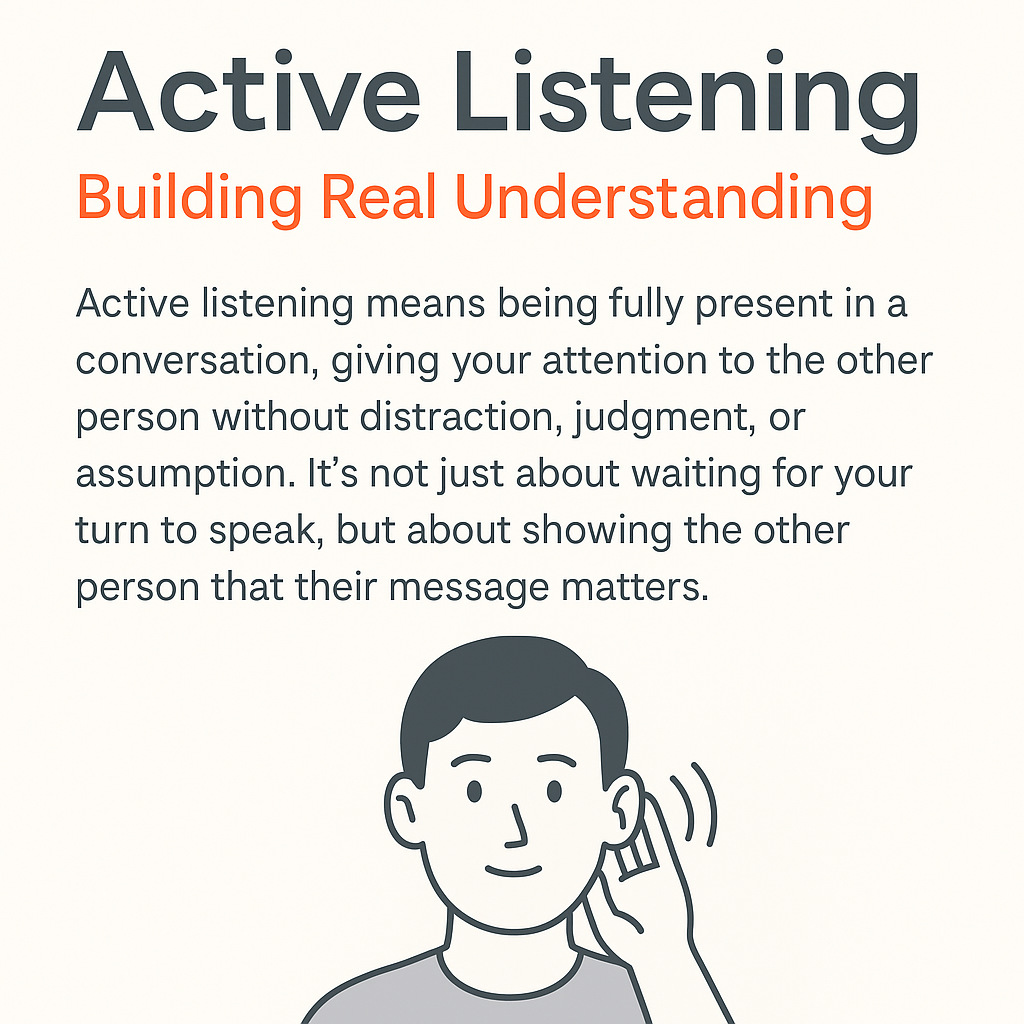Barriers To Learning
Barriers To Learning

In this article, we present the concept of Barriers to learning.
Two important considerations for the instructor in relation to barriers to learning are, that:
- 1) Defense mechanisms are in all of us – as a natural – and often unconscious - response to the overwhelming amount of daily impressions, influences, and quick offers for a better life; and
- 2) Great learning experiences risk being lost, if we as instructors fail to address learning defense
or resistance situations.
The overall most significant action for the instructor is to address situations on resistance and defenses against learning through honest and solution-oriented dialog.
This “Small Text” is inspired from the Danish Professor, Adult Learning, Knud Illeris (2007). Further references are listed in Annex 1, Literature.
Barriers to Learning Case Study
Peter Toft, First aid Instructor in - Dressing of Abdominal Injury
Learning Objectives
- Understand the learning potential hidden within learners’ barriers to progress.
- Identify where learning and development barriers may exist in your team or training group.
- Distinguish between resistance to learning, defense mechanisms, and mislearning.
- Learn how, as a manager or trainer, you can help unlock learners’ motivation and engagement.
Case Introduction – Welcome Onboard
- Peter Toft glances at the clock and calls out to the class:
“Come on, last ones. Five minutes left. You’ll all need to apply the abdominal dressing.”
He looks across the room, where participants are busy practicing on each other. In several small groups, the atmosphere is light. Well-trained soldiers squeal as bare skin meets the cold linoleum floor, and others tease them for being “soft.”
- Torsos pale from winter are being bandaged, while the conscripts chat about anything and everything—last night’s trip into town, motorbike gear, a long-legged admin clerk, Sergeant Hansen’s flat tire, and the possibility of a deployment to Mali.
“I wonder if everyone caught the point about the loose bag,” Peter thinks.
“I’d better check them one by one.”
Who and What Is This About?
The Instructor
Peter Toft is a sergeant in the Horse Guard Regiment. He completed a first aid instructor course at FSU several years ago and has since been teaching first aid to conscripts for nearly three years.
The instructor course gave him many practical tools to make lessons engaging, and he’s developed a real passion for teaching. During a deployment to Helmand two years ago, Peter saw firsthand how proper first aid made a decisive difference in the recovery of wounded comrades. These experiences reinforced his commitment to teaching first aid seriously and effectively.
Peter wants his students to learn how to help correctly and with purpose. He gets frustrated when someone doesn't grasp the material. He favors letting students learn through hands-on practice and usually begins his sessions with a short motivational presentation, followed by group practice exercises.
The Participants
The conscripts in the 2nd Squadron of the Horse Guard Regiment are having a first aid lesson today, with Sergeant Toft as their instructor. Lessons are mostly delivered in buddy teams or small groups that the conscripts form themselves.
Sometimes, this creates anxiety—especially for those left out. But despite the occasional awkward group dynamics, Toft’s lessons are popular. They’re active, and the learners get to explore the material themselves.
For this session, the class has split into groups of three or four, and they’re fully engaged in applying abdominal dressings on each other.
Situation 1
Peter crouches next to a group made up of Linda, Claus, Nico, and Allan. Nico is lying on the floor with a bandage wrapped around his torso. Peter notes that the protective bag covering the simulated abdominal injury is too small and too tight—Linda and Allan applied it.
Linda giggles at Peter’s serious face but listens carefully and asks a few clarifying questions. Peter senses she’ll get it right next time.
Allan takes the feedback seriously and pays attention as Peter demonstrates how to improve the bandage.
Claus then asks, “Is it really that important, the bag?”
Peter replies firmly:
“Yes! It’s Essential.”
Claus continues the discussion, questioning if there might be other ways to dress an abdominal wound.
Peter senses that Claus hasn’t fully grasped the purpose of the bag. As Peter starts explaining, Claus cuts him off and turns to Linda, asking if she’s ever seen a car accident.
Peter pauses, looks around at the group, and concludes that at least three out of four have understood. That’ll have to be enough—for now.
He moves on, but with an unsettled feeling in his stomach.
Situation 2
Next, Peter visits the group with Susan, Hans, Ole, and Gitta. Gitta, lying on the floor, is bandaged, but once again, the bag is too tight.
She complain
“Of course, it’s too tight. The Army always buys crap. I hope they have better gear on actual missions.”
Hans and Ole exchange polite shrugs. Gitta is older—maybe old enough to be their mom—so perhaps she’s right.
Situation 3
“What’s on your mind, Susan?” Peter asks.
She’s staring absently out the window.
“Oh, nothing really,” she says, looking down at the bandage.
Peter notes her disinterest but decides not to press. He shifts his attention to the other three, who seem more engaged. A bit later, Susan gets up and heads to the restroom.
“She really seems like she doesn’t want to be here,” Gitta says.
“Classic Army stuff.”
Peter recalls
Susan was five minutes late to class too. Ole and Hans fiddle with rubber bands, waiting to re-wrap the dressing on the next student.
“Don’t forget the bag,” Peter reminds them, and moves on.
A Surprising Turn
Peter ends the session by showing a short YouTube clip from the Syrian conflict, where a soldier lies wounded with a stomach injury.
“This is what an abdominal lesion can look like,” he explains.
Suddenly, Gitta speaks up:
“Now I get it. That bandage makes so much sense. Is there anything else we can use to keep dirt and dust out?”
“Maybe she’s not so negative after all,” Peter thinks. They agree to chat more about it during the break.
Reflection
Before heading home, Peter shares a coffee with his friend, Chief Sergeant Poul Birk from 1st Squadron. He still has that strange feeling in his stomach. Something about the session didn’t sit right.
He tells Birk about the lesson, the tension he felt, and the subtle resistance or disengagement he picked up in a few of the conscripts.
“I just really want them all to get it before they move on in the system.
Do you have any advice?” he asks.
Cooperative Learning Activity for Above Case study







